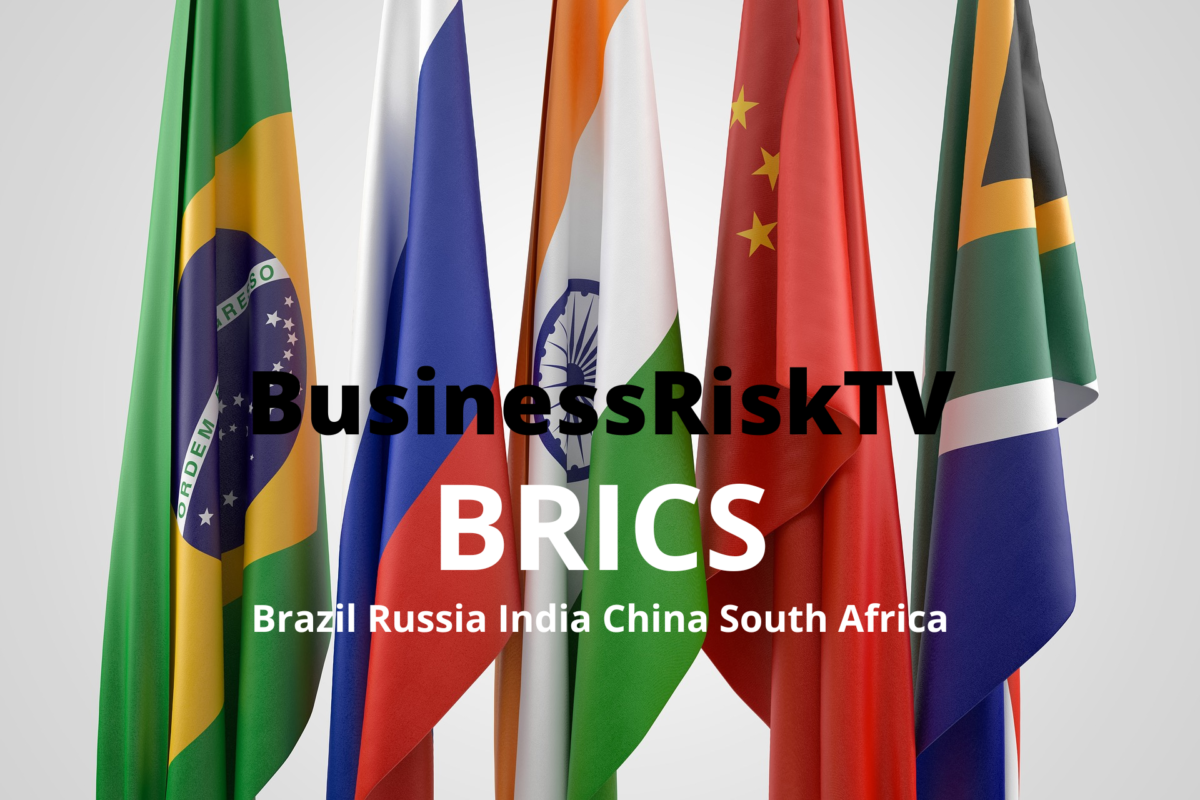Beyond Greenbacks: The New Development Bank and the Rise of Local Currency Financing in the BRICS
The global financial landscape is shifting, and the BRICS alliance, comprising Brazil, Russia, India, China, and South Africa, is at the forefront of this change. One key area of innovation lies in the New Development Bank (NDB), established in 2014, which is now actively pursuing local currency financing for its development projects. This move aligns with a broader strategy of de-dollarisation and increased currency swapping, aimed at reducing dependence on the US dollar and fostering an alternative financial ecosystem.
The Dominance of the US Dollar and its Challenges
The US dollar has reigned supreme as the world’s dominant reserve currency for decades, enjoying widespread acceptance in international trade and finance. However, this reliance has also brought challenges, particularly for emerging economies within the BRICS bloc. Fluctuations in the dollar’s value can negatively impact their economies, and exposure to US monetary policy can limit their own policy autonomy. Additionally, concerns about potential US sanctions or limitations on access to dollars pose further risks.
The Rise of Local Currency Financing and the NDB’s Role
To mitigate these vulnerabilities, the BRICS nations have increasingly championed local currency financing as a viable alternative. This involves using domestic currencies for international transactions and development projects, reducing reliance on the US dollar. The NDB plays a crucial role in facilitating this shift by offering loans and investments in local currencies like the Brazilian real, the Russian ruble, the Indian rupee, the Chinese yuan, and the South African rand.
Benefits of Local Currency Financing
Several advantages accompany local currency financing:
- Reduced Exchange Rate Volatility: Projects funded in local currency are shielded from fluctuations in the dollar’s value, providing greater financial stability and predictability.
- Enhanced Monetary Policy Autonomy: By reducing dependence on dollar-denominated debt, BRICS member countries gain greater control over their own monetary policies, tailoring them to their specific economic needs.
- Financial Inclusion: Local currency financing expands access to financial services for individuals and businesses within the BRICS region, fostering economic development and financial stability.
- Diminished Risk of Sanctions: Moving away from the dollar reduces exposure to potential US sanctions or restrictions on dollar transactions, strengthening the BRICS economies’ resilience.
Challenges and Future Outlook
Despite its advantages, local currency financing also faces certain challenges. Liquidity in local currencies may be limited, particularly for less widely traded currencies like the rand or the real. Building market infrastructure and establishing robust exchange rate mechanisms are crucial to overcome these hurdles. Additionally, fostering trust and acceptance in local currencies among international investors is essential for wider adoption.
However, the future looks promising for the NDB’s local currency financing initiative. The bank has already successfully implemented this approach in several projects, including a renewable energy project in South Africa funded in rand and a sustainable infrastructure project in Brazil financed in reais. As the BRICS alliance continues to solidify its economic and financial cooperation, and local currency markets develop further, the NDB is poised to play a pivotal role in driving de-dollarisation and establishing a more diversified and resilient international financial system.
Beyond Loan Financing: Currency Swapping and Regional Payment Systems
Local currency financing is just one piece of the BRICS’ de-dollarisation puzzle. The alliance is also actively exploring currency swapping arrangements, agreements where member countries exchange their domestic currencies to facilitate trade and investment within the bloc. These measures further reduce reliance on the dollar and create a more integrated BRICS financial ecosystem.
Additionally, the BRICS nations are pushing for the development of regional payment systems, such as the New Development Bank Infrastructure Development and Investment Company (NDB BricsInfra) payment platform. This platform aims to enable cross-border transactions within the BRICS region using local currencies without relying on the SWIFT international payments system, potentially giving the BRICS nations greater control over their financial transactions.
Conclusion: A Shifting Landscape and the BRICS at the Forefront
The New Development Bank’s embrace of local currency financing exemplifies the BRICS alliance’s strategic shift towards a more multipolar financial system. As the dominance of the US dollar wanes and local currencies gain traction, the NDB is poised to play a key role in shaping this new financial landscape. By promoting financial inclusion, enhancing monetary policy autonomy, and mitigating exposure to dollar-related risks, the NDB’s local currency initiatives serve not only the BRICS nations but also contribute to a more diverse and resilient global financial system. The next decade will be crucial in determining the success of these endeavours, and the BRICS alliance is undoubtedly at the forefront of this transformative shift.
Here are some illustrative examples of NDB-funded projects that demonstrate the bank’s commitment to local currency financing and its diverse development priorities:
Projects Funded in Local Currency:
- Brazil:
- Sustainable Urban Development Program for the State of Ceará: A $354 million loan in Brazilian reais to improve urban infrastructure, transportation, and social services in the state of Ceará.
- Water Supply and Sanitation Project in the State of Rio Grande do Sul: A $500 million loan in reais to expand water and sanitation services to underserved communities in the state of Rio Grande do Sul.
- South Africa:
- Renewable Energy Independent Power Producer Procurement Program (REIPPP) Round 4: A ZAR 3.5 billion loan (South African rand) to support the construction of 5 renewable energy projects,including solar and wind power plants.
- Eskom Renewables Support Project: A ZAR 3.7 billion loan to finance the construction of 6 solar photovoltaic plants,contributing to South Africa’s transition to cleaner energy sources.
- India:
- Bangalore Metro Rail Project – Phase II: A ₹58 billion loan (Indian rupees) to expand the Bangalore Metro Rail system, enhancing urban connectivity and reducing traffic congestion.
- Multi-Village Integrated Development Project in Madhya Pradesh: A ₹35 billion loan to improve rural infrastructure,including irrigation, roads,drinking water, and sanitation facilities, in Madhya Pradesh.
Projects Demonstrating Regional Cooperation and Sustainability:
- Railway Line Modernisation Project in Russia: A $500 million loan to upgrade a railway line connecting Russia and Kazakhstan, promoting regional trade and economic integration.
- New Development Bank Innovation and Knowledge Hub: An initiative to establish a knowledge-sharing platform and foster innovation in sustainable development practices across the BRICS nations.
- Green Finance Facility: A $10 billion fund established to support green and low-carbon infrastructure projects in the BRICS countries, addressing climate change concerns and promoting sustainable development.
These examples showcase the NDB’s focus on sustainable development, infrastructure investment, regional connectivity, and local currency financing. By prioritising these areas, the NDB is contributing to the BRICS alliance’s goals of economic growth, social progress, and environmental sustainability, while simultaneously fostering greater financial independence from the US dollar.
Get help to protect and grow your business
Subscribe for free business risk alerts and risk reviews
Read more business risk management articles





